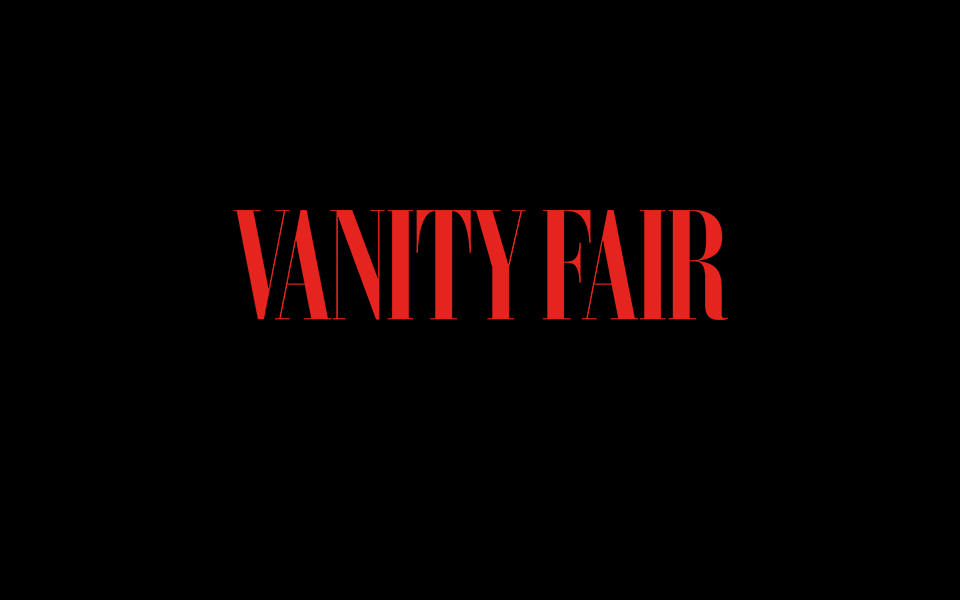Wonder Women
She revolutionized genetic research
More than 10,000 incurable pathologies are caused by simple genetic abnormalities. The genetic editing technology developed by the pair she has formed with the French Emmanuelle Charpentier allows to “rewrite” the genome. Soon the Nobel Prize?
You have just won the 2016 L’Oréal-UNESCO prize for women and science. Still, being a woman in the research community is probably not the easiest. Have you ever felt any obstacles in your path?
I have always focused on my research and my passion for science rather than my gender. However, I have noticed signs of the so-called “glass ceiling” during my progression, especially during the last decade. I do not think that the differential treatment of women is always intentional, but it sometimes persists.
When you first started, what were your female models?
I retrace the beginning of my career at the time of high school. I remember hearing a female scientist talking about her research on healthy cells that become cancerous. It was fascinating, inspiring, and motivating. I have met fantastic mentors, both men and women, who have been very supportive of me at key stages of my career, and I am happy to be able to support young scientists now.
How can we fight for real equality of opportunity between men and women?
Gender-biased tutoring is important for our society, for the economy as a whole and for public and private institutions to function at their best. Alas, women continue to face obstacles to their advancement and to access positions of responsibility. Equality is a moral problem and it will take a change of mentalities to change the situation on the ground. We can do this by adopting a society that rejects stereotypes and prejudices and emphasizes skills, performance, vision, work / life balance, equal pay, and support for the youngest by the most experienced. The L’Oréal-UNESCO Women and Science Program is doing a good job of encouraging women in science careers to create an atmosphere that celebrates and supports the important work that women do in science, science and technology. technology, engineering and mathematics.
How did you come to choose to work in genetic research?
Complex and seemingly intractable problems have always interested me. At university, my colleague Jillian Banfield asked me to study a curious genetic behavior of bacteria and this obscure work intrigued me. In partnership with Emmanuelle Charpentier, we had this moment “eureka” where we realized that the molecular mechanism of the bacterial immune system can be used to modify the genome, and not only to kill viruses.
What success are you most proud of?
Certainly, it is the technique of genetic modification “CRISPR / Cas9” in collaboration with Jennifer Doudna and our colleagues Martin Jinek and Krys Chylinski to which I think first of all (the technique has revolutionized the field of genetic engineering, NDLR ). I must say that I am proud and grateful to everyone who has been able to encourage us on this journey.
How would you describe your ultimate scientific goal?
I want to see the CRISPR technique to help a maximum of people in need. It is clear that it has the potential to cure genetic diseases, create better biofuels, and develop more robust crops, but one needs to be vigilant about the unintended consequences and ethical implications of this work. For example, we went from the theoretical risk and real danger of making genetically transmitted alterations on the human genome. My goal is to make sure that this technology is not abused, but rather that it helps society make vital and profound decisions that will go in the right direction.


